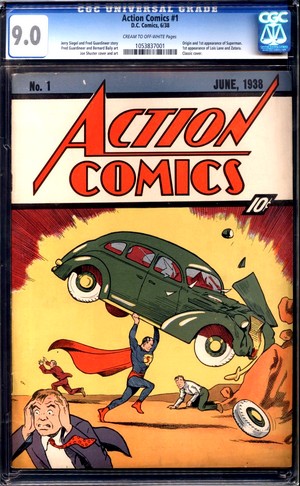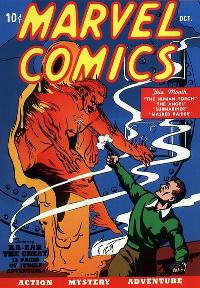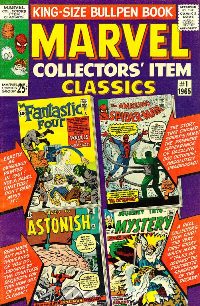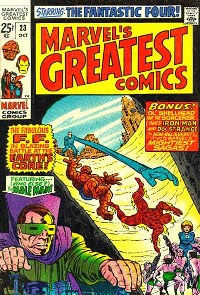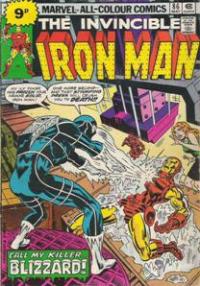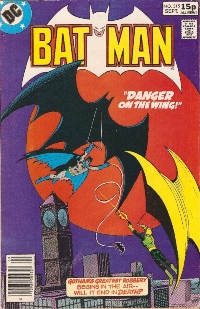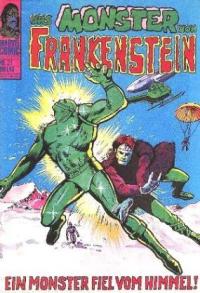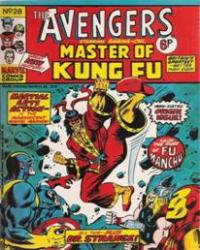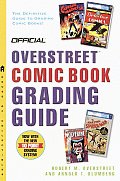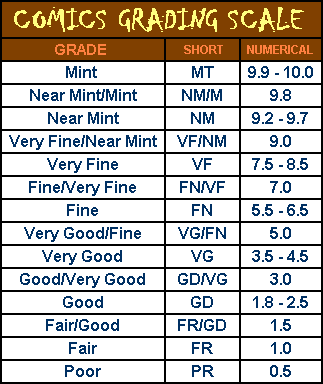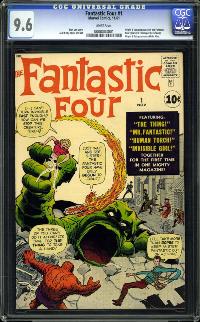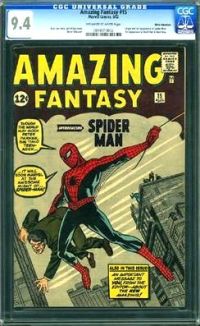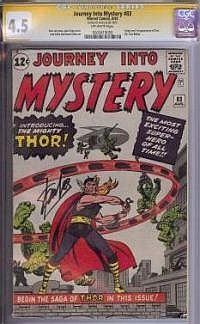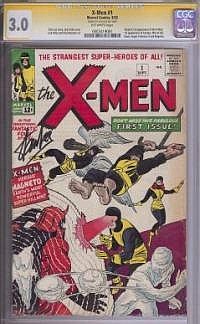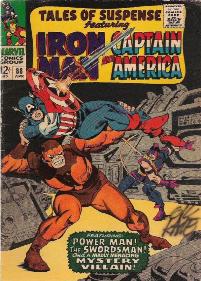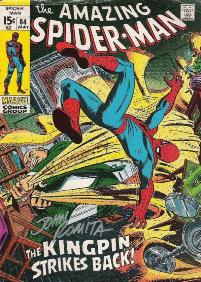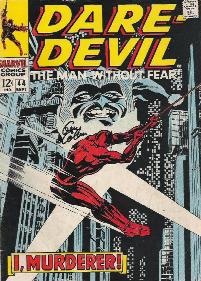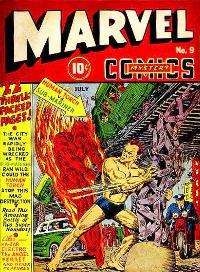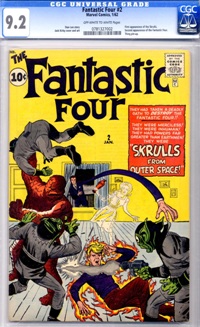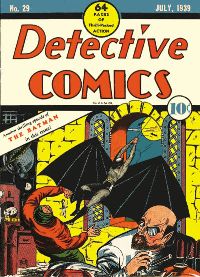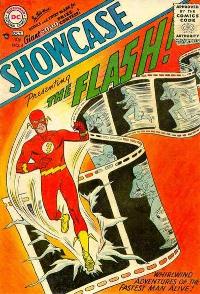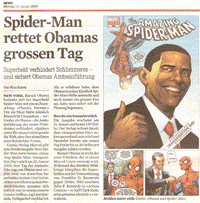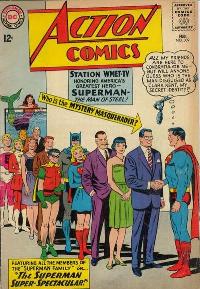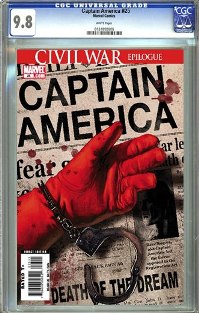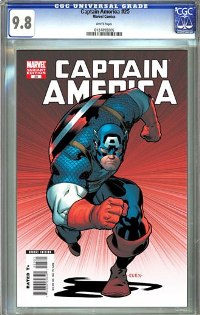| BIBLIOGRAPHY BAKER Stacey,
MOTLEY Carol M. & HENDERSON Geraldine R. (2004) From
despicable to collectible: The Evolution of collective
memories for and the value of black advertising
memorabilia, published in Journal of Advertising
Volume 33, Number 3 (Fall 2004)
BBC NEWS
ONLINE (2011) "Action
Comics Superman debut copy sells for $2.16m", 1
December 2011
BBC NEWS
ONLINE (2013) "Fangio's
rare F1 Mercedes sells for £17.5m", 12 July
2013
BISCHOFF Dan
(2008) "Art auctions reflect economic
collapse",
The Star-Ledger, 29 November 29 2008
BRADY Terence
J. (2001) CGC: "The good, the bad & the ugly", published in Comics
Buyer's Guide #1464
CALLAHAN Timothy
(2009) Review of Amazing Spider-Man #583,
www.comicbookresources.com
CGCCOMICS.COM (2004)
Comiclink.com sets record price for CGC certified 9.4
Amazing Fantasy #15, CGC eNewsletter Vol. 3 No. 2
CGCCOMICS.COM (----),
accessed 23 November 2007
COLTON
David (2009) "Spider-Man and Obama are both heroes
in new special-edition comic", Chicago Sun-Times,
8 January 2009
COMICPRICEINDEX.COM
(----), www.comicpriceindex.com, accessed 6
December 2007
COMICS PRICE GUIDE NEWS
(2009) Record
breaking $3,7 million weekend at Heritage Comics Auction,
28 May 2009
CREWS
Barbara (2007) "Rare comic prices from
ebay", about.com Collectibles Guide
DOUGHERTY
Conor (2005) "Bang! Pow! Cash!", The
Wall Street Journal, 23 September 2005
DOWNES
John, Jordan Elliot & Sharon Goodman (2003) Barron's
Finance & Investment Handbook, 6th edition,
Hauppauge NY
EDWARS
Bruce (2007) "The Argosy Comic Book Price
Guide", www.quasarcomics.com
FLOOD Alison (2021) "First edition of Frankenstein
sells for record breaking $1.17m", The Guardian,
20 September 2021
GAMMILL
Martha (2009) "As the Economy Goes, So Goes the
Coin Market",
Gammill Coin Gazette, 18 July 2009
GELBER
Steven M. (1999) Hobbies - Leisure and the
culture of work in America, Columbia University
Press
HERITAGE
AUCTIONS (----) "What constitutes valuable?"
comics.ha.com (accessed 11 August 2009)
HIBBS
Brian (2001) "Ethics and the comics
industry", The Comics Buyers Guide
LEVITZ
Jennifer (2008) "When Stocks Tank, Some
Investors Stampede to Alpacas and Turn to Drink", Wall
Street Journal, 3 October 2008
LEWIS
Al (2013) 10
reasons comic books are the best investment,
published online 13 August 2013 at marketwatch.com
(accessed 20 April 2014)
LINGEN
Roy (----) "The stamp market - a trader's
view", lingens.com
LONG
Mary M. & SCHIFFMAN Leon G. (1997) Swatch
Fever: An allegory for understanding the paradox of
collecting, published in Psychology &
Marketing Vol. 14(5) (August 1997)
MARCOTTE
John (2005) "The comic-book apocalypse", badmouth.net
MARVEL
Comics (1973) April 1974 Bullpen Bulletin
MEEKS
Robert (2009) Comic collector may earn up to
$500,000 in auction, Associated Press Release
N.
N. (1994) "Comics Publishers Suffer Tough
Summer: Body Count Rises in Market Shakedown", The
Comics Journal #172 (November 1994 issue)
N.
N. (2003) "The semi-secret origins of the
Overstreet Comic Book Price Guide", scoop.diamondgalleries.com
N.
N. (2004) "Comiclink.com sets record price
for CGC certified 9.4 Amazing Fantasy #15", CGC
eNewsletter Vol. 3 No. 2
N.
N. (2007) "Amazing Fantasy #15 CGC 9.4
sells for $210,000", comicshares.com
N.
N. (2007b) "Art or Asset?", Wealth,
Northern Trust
N.
N. (2008) "ComicConnect Auction Posts
Record Sales Against 777 Point Dow Jones Drop", hakes.com
N.
N. (2009) "Amazing Fantasy #15 CGC 9.2
Sells for $190,000 at Pedigree Comics",
scoop.diamondgalleries.com
N.
N. (2009b) '"Obama' comic on top again", ICv2.com (17
March 2009)
N.N.
(2009c) "post by user
"jamstigator"" on www.kitcomm.com
[no longer accessible]
OVERSTREET
Robert M. (1976) The Overstreet Comic Book
Price Guide #6, Harmony Books
OVERSTREET
Robert M. (1982) The Overstreet Comic Book
Price Guide #12, Gemstone Publishing
OVERSTREET
Robert M. (1987) The Overstreet Comic Book
Price Guide #17, Gemstone Publishing
OVERSTREET
Robert M. (2006) The Overstreet Comic Book
Price Guide #36, Gemstone Publishing
REIER
Sharon (2007) "Collectibles march to the
baby boomer's tune", published in The
International Herald Tribune, 18 May 2007 issue
ROY
Rex (2009) "Sparkling Chrome, Beer Budget", New York Times
(21 May 2009)
SPITZNAGEL
Eric (2013) "Those
Comics in Your Basement? Probably Worthless", Bloomberg
Businessweek (30 October 2013)
THOMPSON
Michael (1979) Rubbish Theory: The Creation
and Destruction of Value, Oxford University Press
VOGEL
Carol (2009) "Picassos sell at Christie's
auction, after faltering at Sotheby's", New York Times
(7 May 2009)
WILSON
Mark (2007) "What is so great about a 9.4
book?", www.pgcmint.com
|



